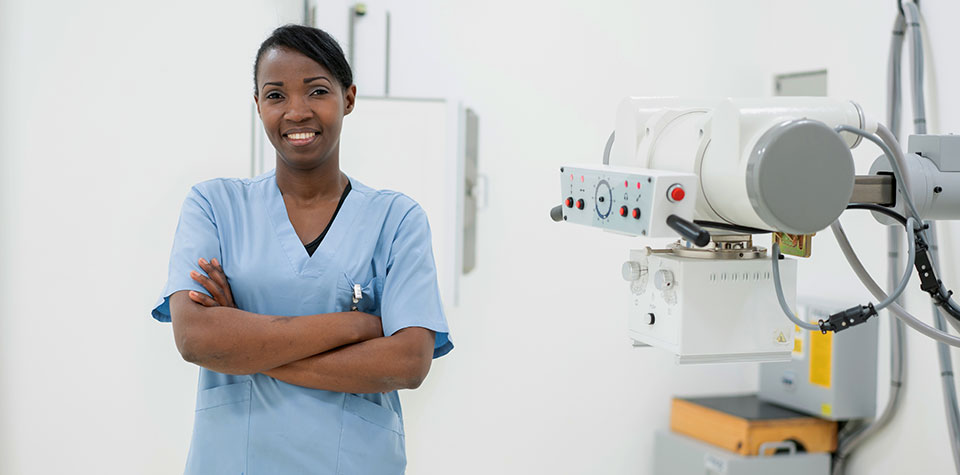Why Investing in High Quality Medical and Lab Supplies Matters
Healthcare facilities face critical decisions daily regarding the equipment and supplies they purchase. From diagnostic devices to laboratory tools, the quality of medical and laboratory supplies directly impacts patient outcomes, operational efficiency, and financial sustainability. High-quality medical equipment isn't merely a luxury—it's a fundamental necessity that affects every aspect of healthcare delivery. When healthcare providers make strategic investments in superior medical supplies, they're not only enhancing their capabilities but also reinforcing their commitment to exceptional patient care.

Medical and laboratory supplies form the backbone of healthcare delivery, influencing everything from diagnostic accuracy to patient safety outcomes. Healthcare administrators increasingly recognize that initial cost savings from lower-quality supplies often result in higher expenses through equipment failures, safety incidents, and operational disruptions.
How Quality Enhances Safety and Reliability in Healthcare Settings
High-quality medical supplies significantly reduce the risk of equipment malfunctions during critical procedures. Reliable diagnostic equipment ensures accurate test results, preventing misdiagnoses that could lead to inappropriate treatments. Quality supplies also minimize contamination risks through superior materials and manufacturing standards. Healthcare facilities using premium supplies report fewer adverse events and improved patient satisfaction scores. Additionally, reliable equipment reduces staff stress and allows healthcare professionals to focus on patient care rather than troubleshooting faulty equipment.
Understanding the Impact on Operational Efficiency
Operational efficiency improves dramatically when healthcare facilities invest in quality supplies. High-grade equipment requires less frequent maintenance, reducing downtime that disrupts patient care schedules. Quality supplies also streamline workflows by performing consistently, allowing staff to complete procedures without unexpected delays. Training requirements decrease when equipment operates reliably, as staff spend less time learning workarounds for problematic devices. Furthermore, quality supplies often integrate better with existing systems, creating smoother operational processes across departments.
Calculating Long-term Cost Savings Through Quality Investments
While premium medical supplies require higher upfront investments, they generate substantial long-term savings through reduced replacement costs and lower maintenance expenses. Quality equipment typically lasts significantly longer than budget alternatives, spreading the initial investment across more years of service. Reduced downtime translates to maintained revenue streams and consistent patient care delivery. Healthcare facilities also save on staff overtime costs when equipment operates reliably without requiring emergency repairs or replacements.
| Equipment Type | Budget Option Cost | Premium Option Cost | Annual Maintenance |
|---|---|---|---|
| Diagnostic Monitors | $2,500-4,000 | $8,000-12,000 | $300-800 |
| Laboratory Analyzers | $15,000-25,000 | $45,000-75,000 | $2,000-5,000 |
| Surgical Instruments | $500-1,500 | $2,000-5,000 | $100-300 |
| Patient Monitors | $3,000-6,000 | $10,000-18,000 | $400-1,000 |
Prices, rates, or cost estimates mentioned in this article are based on the latest available information but may change over time. Independent research is advised before making financial decisions.
Making Informed Purchasing Decisions
Successful purchasing decisions require comprehensive evaluation of total cost of ownership rather than focusing solely on initial purchase prices. Healthcare administrators should assess equipment reliability ratings, warranty terms, and manufacturer support quality. Evaluating user reviews from similar healthcare facilities provides valuable insights into real-world performance. Additionally, considering future scalability needs ensures that current purchases align with long-term organizational growth plans. Regulatory compliance requirements also influence purchasing decisions, as quality suppliers typically maintain better certification standards.
Evaluating Vendor Partnerships and Support Services
Strong vendor relationships significantly impact the success of medical supply investments. Quality suppliers offer comprehensive training programs that maximize equipment utilization and minimize user errors. Responsive technical support reduces equipment downtime through quick problem resolution and preventive maintenance guidance. Reliable vendors also provide clear upgrade paths and compatibility assurances for future equipment additions. Additionally, established suppliers often offer flexible financing options and trade-in programs that make quality investments more accessible to healthcare facilities with budget constraints.
Investing in high-quality medical and laboratory supplies represents a strategic decision that impacts patient safety, operational efficiency, and financial sustainability. Healthcare facilities that prioritize quality over initial cost savings typically experience improved patient outcomes, reduced operational disruptions, and stronger long-term financial performance. The key lies in evaluating total cost of ownership and building relationships with reliable vendors who support ongoing success through comprehensive service offerings.
This article is for informational purposes only and should not be considered medical advice. Please consult a qualified healthcare professional for personalized guidance and treatment.




